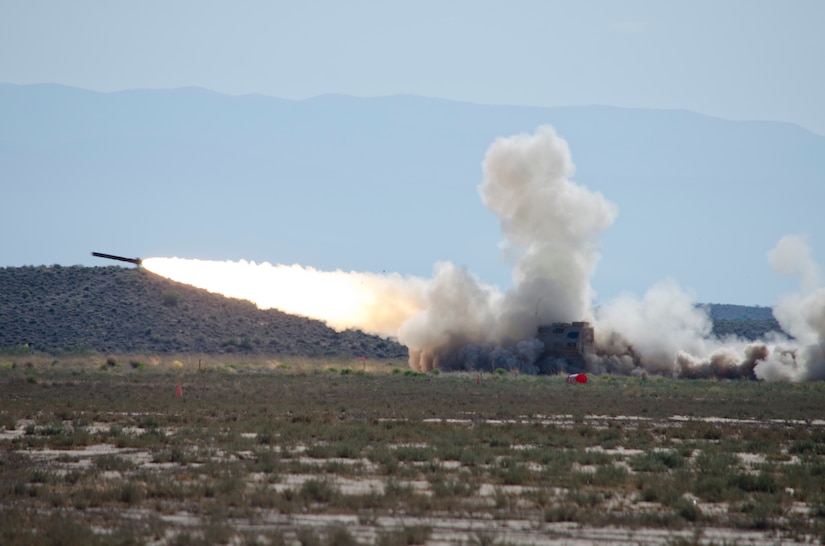By David Vergun, Army News Service
WASHINGTON -- Austin, Texas, will be the location for the
headquarters of the new U.S. Army Futures Command, Army Secretary Mark T. Esper
announced today at a Pentagon news conference.
Army Undersecretary Ryan D. McCarthy then explained the
details. He said the process started with 150 metropolitan areas, narrowed down
to five. Besides Austin, officials considered Boston; Minneapolis-St. Paul;
Raleigh-Durham, North Carolina; and Philadelphia.
McCarthy said he and an advance team visited each of those
five cities and met with city leaders, congressional delegations,
private-sector entities, and university faculty and staff. All of those, he
said, were "tremendously welcoming and accommodating to our team."
He added that the choice was difficult, as all five had
great qualities.
The criteria for selection included:
-- Proximity to science, technology, engineering and math
workers and industries;
-- Proximity to private-sector innovation;
-- Academic STEM and research and development investment;
-- Quality of life;
-- Availability of cost and time assessment of civic
support;
-- Mature entrepreneurial incubator hubs for access to
talent, ideas and collaboration;
-- Space and access to top-tier university science and
engineering departments for collaboration on experiments, prototype concepts
and systems;
-- Expandability of work space for other services and
companies to join the effort;
-- Density of industry and academic talent; and
-- Cost of doing business to enable both new startups and to
draw established firms.
The undersecretary said the type of urban ecosystem defined
by the selection criteria is where innovation, networking and collaboration are
happening daily.
"That ecosystem cannot be duplicated from behind the
walls of traditional posts and forts," he said, adding that recognition of
that concept is a radical change for the Army's culture.
The selection criteria evaluation process included use of an
outside firm, validated with the Army's internal studies and analysis, as well
as a federally-funded research and development center, he said.
A six-member team is en route to Austin to begin
establishing initial operating capability at Army Futures Command, McCarthy
said. Within a year, full operating capability will be achieved, he said, with
a headquarters staff of about 500.
McCarthy said that doesn't mean all 500 will be working out
of a downtown office. He said that as full operating capability is achieved
over the coming year, he envisions teams of soldiers and Army civilians working
out of technology "incubator hubs" alongside entrepreneurs,
scientists and researchers.
A four-star general to head the command has been identified,
but the officer’s name has not yet made public, he said.
McCarthy said Army Futures Command will shepherd development
of the service's six modernization priorities of improved long-range precision
fires, a next-generation combat vehicle, future vertical lift platforms, a
mobile and expeditionary Army network, air and missile defense capabilities and
soldier lethality.
He added that the eight cross-functional teams responsible
now for moving those priorities forward will fall under the command.
Army Col. Patrick Seiber, communications director for Army
Futures Command, said over the next year, a number of existing Army
organizations are scheduled to transition from other commands to AFC. The Army
Research, Development and Engineering Command is one example of an organization
that eventually will realign under AFC, he said.
Army Research Laboratories, part of Army Materiel Command,
also will realign to AFC, as will the Army Capabilities Integration Center,
which now is part of Army Training and Doctrine Command. A number of
acquisition and contracting elements that will fall under AFC, but those
decisions are still being reviewed, he said.
While some existing Army organizations will be realigned
under AFC, Seiber emphasized that those organizations, their employees and
their facilities are expected to physically remain where they are now. The
changes, he said, are "a delayering or rewiring, so to speak, to
streamline functions under one command, to get solutions faster and products
out to the soldier faster," he said.
When AFC is stood up within a year, Seiber said, the
headquarters will contain up to 100 uniformed soldiers and 400 Army civilians,
pending plans moving forward.

No comments:
Post a Comment